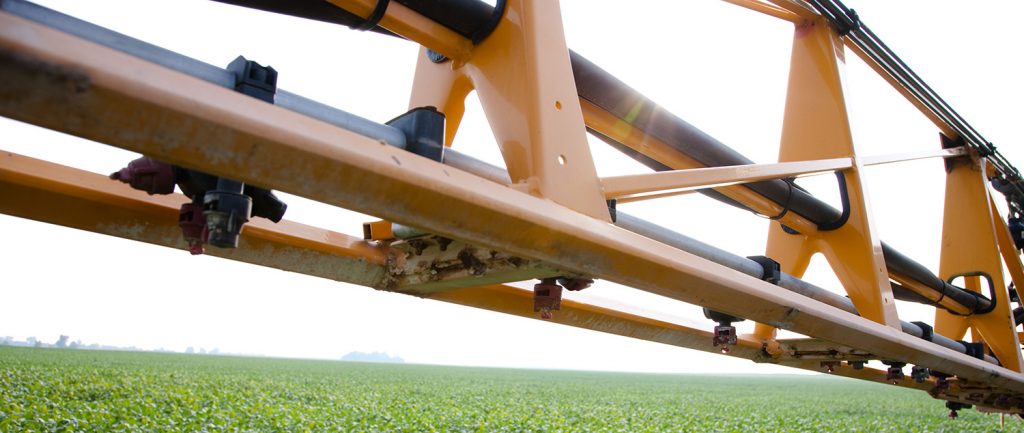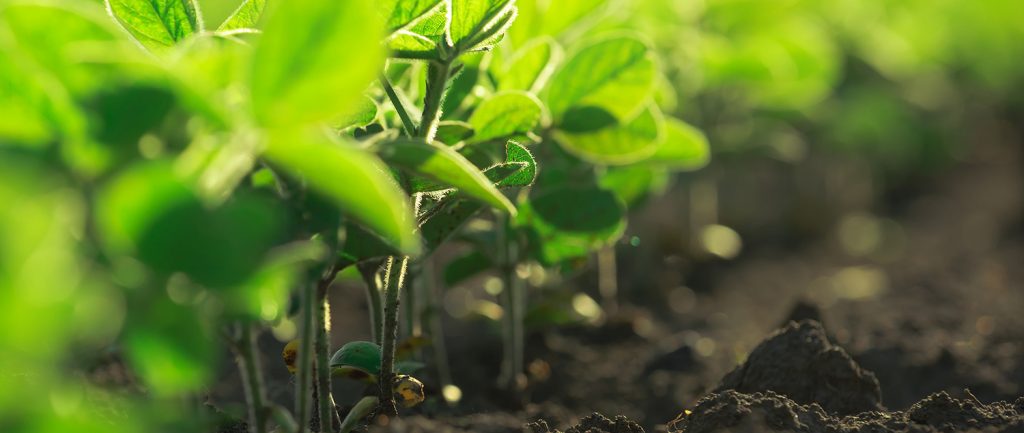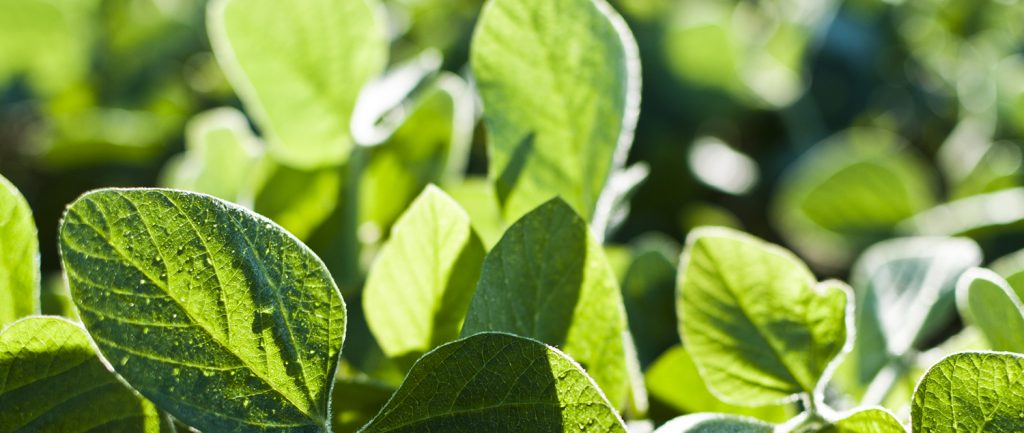I have followed the drought monitor since 1997, and find it a valuable tool.
Today’s updated map indicated 40 percent of Minnesota is in the abnormally dry to slight drought stage.
As I interpret the predictions, we appear to be headed to a “normal” (equal chances of being hot, cold, moist, dry) summer temperature and precipitation-wise for most of the state. Precipitation prediction for the SW corner appears to be somewhat wetter than normal, with “normal” temperatures. NOAA is also predicting a much warmer than normal fall and winter. Given this information, please pontificate on the following.
Given our later than last year rate of emergence (percent of the crop planted and emerged), what concerns do you think come to the forefront in terms of soybean production and management?”
I reached out to Tom Peters, Extension Sugarbeet Agronomist at the University of Minnesota and North Dakota State University, and asked him this very question.
I received a very expansive and detailed reply.
Here are Tom’s thoughts:
“Experience has taught me that if farmers don’t control weeds, they compromise yield. My concern has been soybean growers don’t apply PRE herbicides. Many have looked at the forecast and see rain in the forecast for the next week to 10 days, so they will bail on their A-plan, which is to use a PRE in soybean.
A second group of farmers were primarily concerned about planting date and elected to focus on planting rather than PRE pesticide application.
This will once again put pressure on our POST herbicides to kill weeds including waterhemp, lambsquarter, common ragweed and maybe giant ragweed (I think later planting maybe favored removal of giant ragweed with tillage). It will rain (forecast is for rain in areas of Minnesota this week) and that will spur another flush of waterhemp and the need to spray. We will have an open canopy for a while, meaning more waterhemp will emerge every time we get 0.5 to one inch of rain.
The most important impact we can have in the short term is to proactively promote three activities for soybean growers: A) They flag the technology/herbicide trait they are using in fields so they (all members of the operation), ag-retailer and neighbors know what trait was planted in each field; B) Farmers understand what crops and what traits are planted in fields that surround their soybean fields. They absolutely must be able to identify crops that are most susceptible to dicamba, Liberty, glyphosate or whatever post-emergence herbicide they are using; and C) They need to follow the best management practices for pesticide application to minimize particle movement including spray nozzles selection, water volume, boom height, adjuvant, wind speed and ground application equipment speed.
Features of the climate-including temperature, wind speed and precipitation will impact weeds that will impact soybean yield. Nevertheless, weeds, if not control, will impact soybean yield.
If the farmer did not use a solid pre-emergent program, the post-emergent program becomes critical to attaining adequate yields. I am convinced we will see some weed control ‘train wrecks’ this year.”
That is Tom’s take. What do you think will happen to the soybean crop in 2017?
David Kee is the Director of Research at Minnesota Soybean and can be reached at david@mnsoybean.com or 507-388-1635.







